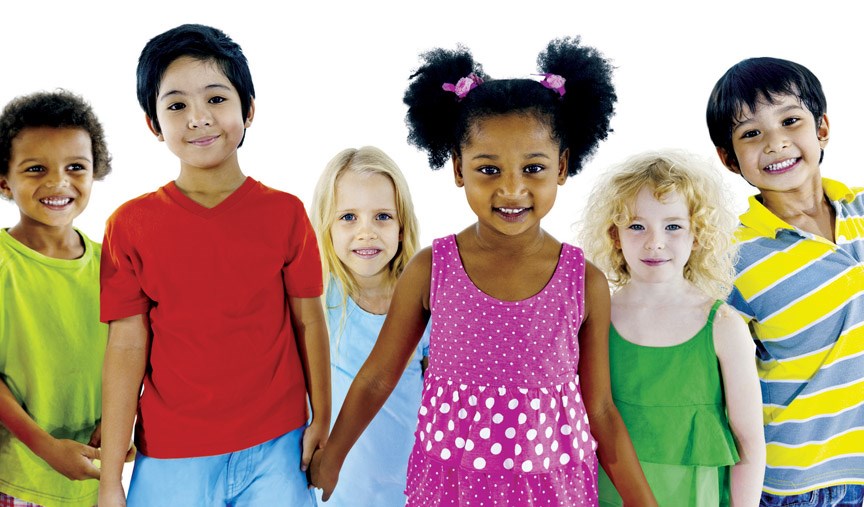We like to think that Canada is the best place in the world to live. It’s a place with all the benefits and supports for children to thrive and grow. In many ways this is true, but is the well-being of a child in Canada comparable to one in the United States? Or Netherlands? How about Slovenia?
UNICEF recently released its report on how well children are doing in 29 of the world’s most advanced economies. Called “Child Well-Being in Rich Countries,” (www.unicef-irc.org/publications/683/) the report analyses and compares children’s relative well-being and ranks countries according to how well they do in five areas. The results are meant to compare progress for children across the developed world and to demonstrate how standards can be improved in all countries.
At the top of the rankings is Netherlands, followed by four Nordic countries: Finland, Iceland, Norway and Sweden. Canada, in contrast, is not ranked all that strongly, coming 17th overall and in no single category as the best. Our 11th place under Housing and Environment is our best; and a 27th in Health and Safety the worst.
Rankings are calculated in five areas, or dimensions. First is Material Well-Being which measures monetary and material deprivation via data such as relative child poverty and low family affluence. Secondly, Health and Safety are measured using data such as health at birth, preventative child services and childhood mortality. A third dimension, Education, looks at early childhood education, post-secondary participation, PISA (Program for International Student Assessment) test results and NEET (youth aged 15 to 19 not in education, employment or training). The fourth area is Behaviours and Risks, which analyses health behaviours, risk behaviours and exposure to violence. Data include rates of obesity, exercising, smoking, use of cannabis and alcohol, fighting and being bullied. Finally, Housing and Environment are analysed using data such as rooms per person, multiple housing problems, homicide rate and air pollution.
Looking at the results implies there is not a strong link between a country’s economic strength (per capita GDP) and the overall well-being of its children: Slovenia is ranked higher than Canada; and Portugal higher than the United States, for example.
What may appear to be a dry exercise in data compilation and analysis has a far more important goal. While no one doubts the moral value of ensuring a child’s well-being, there are pragmatic reasons for doing so as well. Failure to protect and promote the well-being of children is associated with increased risk across a wide number of later-life outcomes. Those outcomes range from reduced skills and expectations to lower productivity and earnings; from higher rates of unemployment to increased dependence on welfare; from a prevalence of antisocial behaviour to involvement in crime; and from increased health care costs to a higher incidence of mental illness.
The function of these international comparisons is to show what can be achieved in the real world. It also tells politicians and the public everywhere: “This is how your performance in protecting children compares with the record of other nations at a similar level of development.” It can, and should, motivate us to strive for better results in the future.



